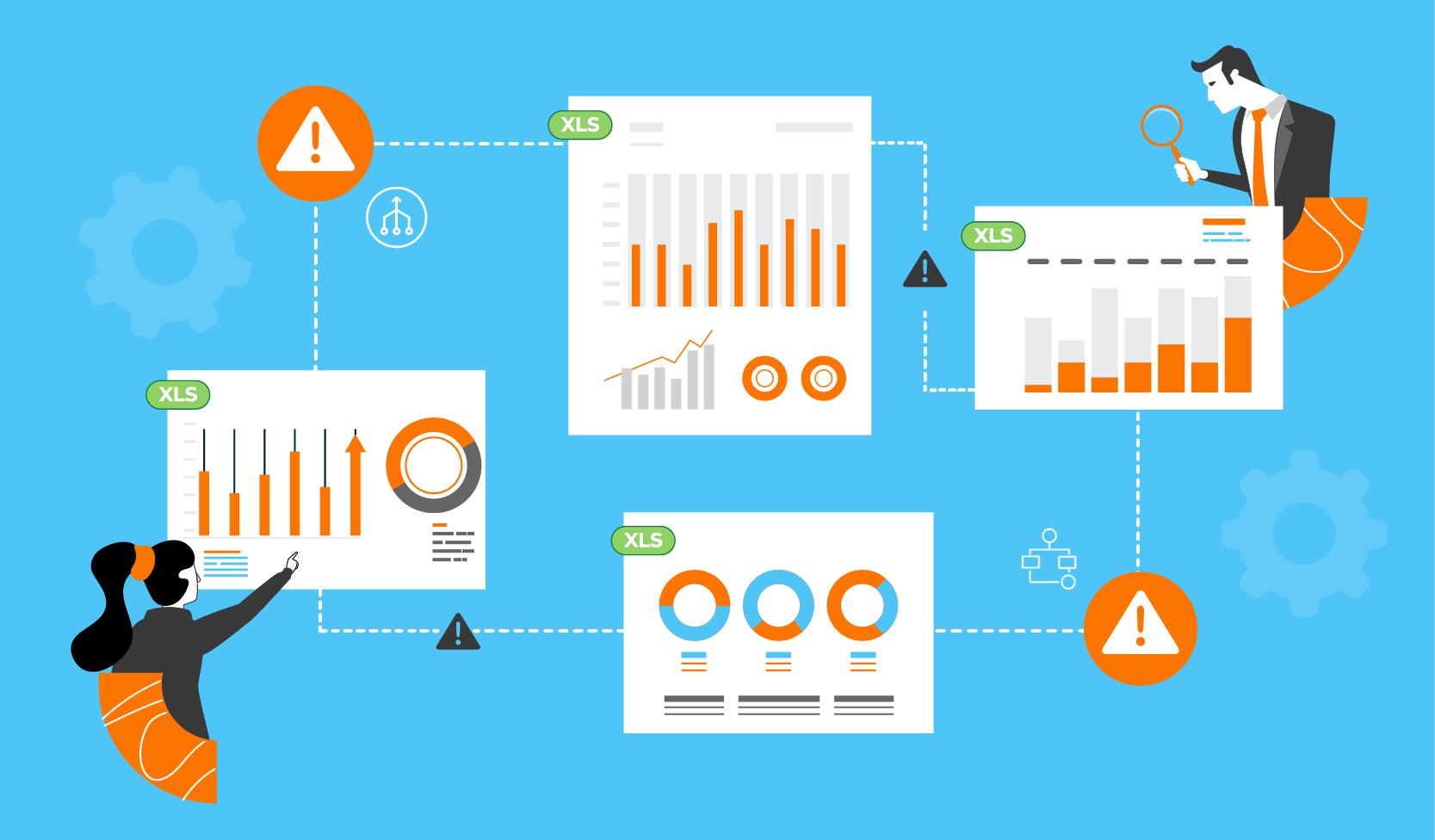
Edge + Cloud Integration: Optimizing Resource Planning Across Hybrid IT
Wherever digital transformation grows in organizations, one will find legacy IT replaced with the hybrid—a blend of edge and cloud computing architectures. It’s more than technology that is shifting. It shifts the definition of how organizations can utilize and get value from resources and services.
By 2025, businesses treating edge-cloud integration as a key driver of flexible resource planning achieve unprecedented agility, cost savings, and operational insight. In this blog, we’ll breakdown how this convergence tweaks Professional Services Automation (PSA), providing actionable insights and role-based accountability, enabling the realization of this level of efficiency.
Centralized or Distributed: What It Means for Resource Planning
Resource planning for many years was shaped by the central systems and their predictable capacity models. But as real-time data gets closer to the edge from which it’s pouring, and cloud platforms provide elastic scale out capabilities, the model for resource orchestration must change.
Key reasons this matters:
- Operations requiring low latency need compute and staffing at the edge.
- Centralized processing is wasteful due to an increasing volume of data.
- Geographical distribution of workforce requires a localised planness of resources.
- Service delivery patterns are evolving toward highly dynamic and context-dependent in real time.
Strategic Leverage: Advantages of Edge + Cloud in PSA
1. Real-Time Resource Allocation
With egde nodes handling the data closer to the service delivery points, local resources visibility can be hyper-local in USA systems. That means:
- Geo-based bench allocation
- On-site vs remote role optimization
- Local compliance-aware scheduling
C-Suite Impact:
- COO increases flexibility in providing global services.
- CHRO maximizes workforce utilization over hubs.
- CIO makes sure that compute and application are proximate.
2. Elastic Skill Deployment
Cloud services enable elastic provision of virtual resources. When integrated with PSA:
- AI-powered suggestions pair talent with short-term spikes
- External contractors may be revved up as digital avatars, or digital assistants
- Resource shortfalls are alleviated immediately which minimizes project risk
Strategic Impact: It speeds up timelines without sacrificing quality, a must for high-stakes projects.
3. Energy Optimization & Sustainability
Edge devices avoid unnecessary data movement, thus saving network traffic. PSA and sustainability tools with such a link can:
- Opt for compute location by carbon intensity
- Route tasks to energy-efficient zones
- Normalization of environmental burden per project resource
Boardroom Lesson: Sustainable planning is now an aspect of ESG disclosure. PSA transforms into a reporting and decision support application.
Implication — What PSA Systems Must Implement
A. Hybrid Resource Pools
The PSA platform must unify:
- On-premise resource data
- Edge compute workforce Sensing/connected workforce (field engineers, IoT administrators)
- Cloud-native teams (Data science, Devops, Remote consultants)
Example: A worldwide telecommunications effort may need on-the-ground field deployment in Nigeria, cloud application support in Eastern Europe, with centralized PMO oversight in London.
B. Dynamic Cost Modeling
As edge and cloud resources are being charged with different cost structure, PSA should provide: a) Real time:
- TCO comparison by compute location
- Infra-location-aware predictions
- Billing reconciliation across hybrid tasks
Finance Impact:
- for Once, CFOs can Divorce costs from Resource demand optimizing opex/capex blend.
C. AI-Driven Utilization Forecasting
AI models trained on hybrid data streams may:
- Predict workload shifts
- Suggest compute reallocation
- Recommend contract extension/shortfall coverage
HR & PMO Impact:
- Anticipate attrition
- Auto-match skills to project load
- Minimize idle capacity
Hybrid Resource World Security & Compliance
The more nodes you have, the more points of vulnerability. PSA must natively support:
- Role-based access control across platforms
- Compliance tracking (GDPR, HIPAA etc.) for geofenced areas.
- Audit Logs for “who accessed what and from where?”
CIO/CISO Concern:
- PSA doesn’t have to be a security hole—it just needs to connect with SIEM/SOAR tools for a complete view.
Role Wise Impact: From Boardroom to Grass-root Level
CEO: Business Continuity & Growth
With edge-cloud PSA alignment, this will become a breeze to expand to new geographies or services. Resource planning transitions from tactical hiring to strategic workforce coordination.
CFO: Managing Finances in a Time of Disruption
Resource cost is not longer buried in overheads. Hybrid-aware PSA offers granular breakdowns of each billable hour, cloud instance and outsourced consultant.
COO: Operational Scalability
Provisioning what you need—people, digital things—faster allows operations to spin up or down for new clients, products or crises almost in real time.
CHRO: Global Workforce Visibility
One dashboard for full-time, part-time and gig workers in any geography. Resource analytics that map to DEI objectives, burnout exposure, and upskilling requirements.
CIO: Infrastructure-Smart Planning
No longer are workload placement decisions acted upon in a vacuum. PSA’s role is to ensure the people and platforms are optimized together.
New KPIs for Hybrid IT Capacity Planning
- Resource-to-Compute Ratio by Project Type
- Edge vs Cloud Role Provisioning Time
- Geo-Resource Utilization Efficiency
- Carbon Cost per Resource Hour
- Project Completion Variance Across Locations
Common Pitfalls to Avoid
- Considering Edge as Remote Cloud: The edge needs its own SLAs and visibility.
- Burdens on Central PSA Systems: Scalable architectures are required by hybrid loads.
- Disregarding Field Data: There is field service data, that edge nodes use to drive performance metrics for accurate predictions.
- No interoperability: PSA needs to work with cloud ops, infra management and talent systems.
Hybrid-Aware Is the Future of PSA
When it comes to edge-cloud convergence, this is no fad. As industries adopt smart factories, remote healthcare, AI workloads, and personalized services, resource planning becomes an ecosystem problem, not just a staffing one.
PSA tools that do not adjust for this change will impede growth. The ones that succeed will:
- Enable real-time, location-aware planning
- Offer integrated dashboards for human + digital resources
- Connect cost, capacity, carbon, and compliance in a single decision layer
Conclusion: Unified Infrastructure, Unified Planning
Edge + Cloud integration has reframed the way that enterprises conceive of scale. But without a comparably modern way of deciding how to use those resources, you are just leaving most of that potential on the table.
PSA systems need to step up to the plate and connecting operations, finance, talent and technology into a single, smart system is the only option.
Because in 2025 and beyond, success from hybrid isn’t just about distributed infrastructure — it’s about knowing how to staff, manage, and monetize it.


